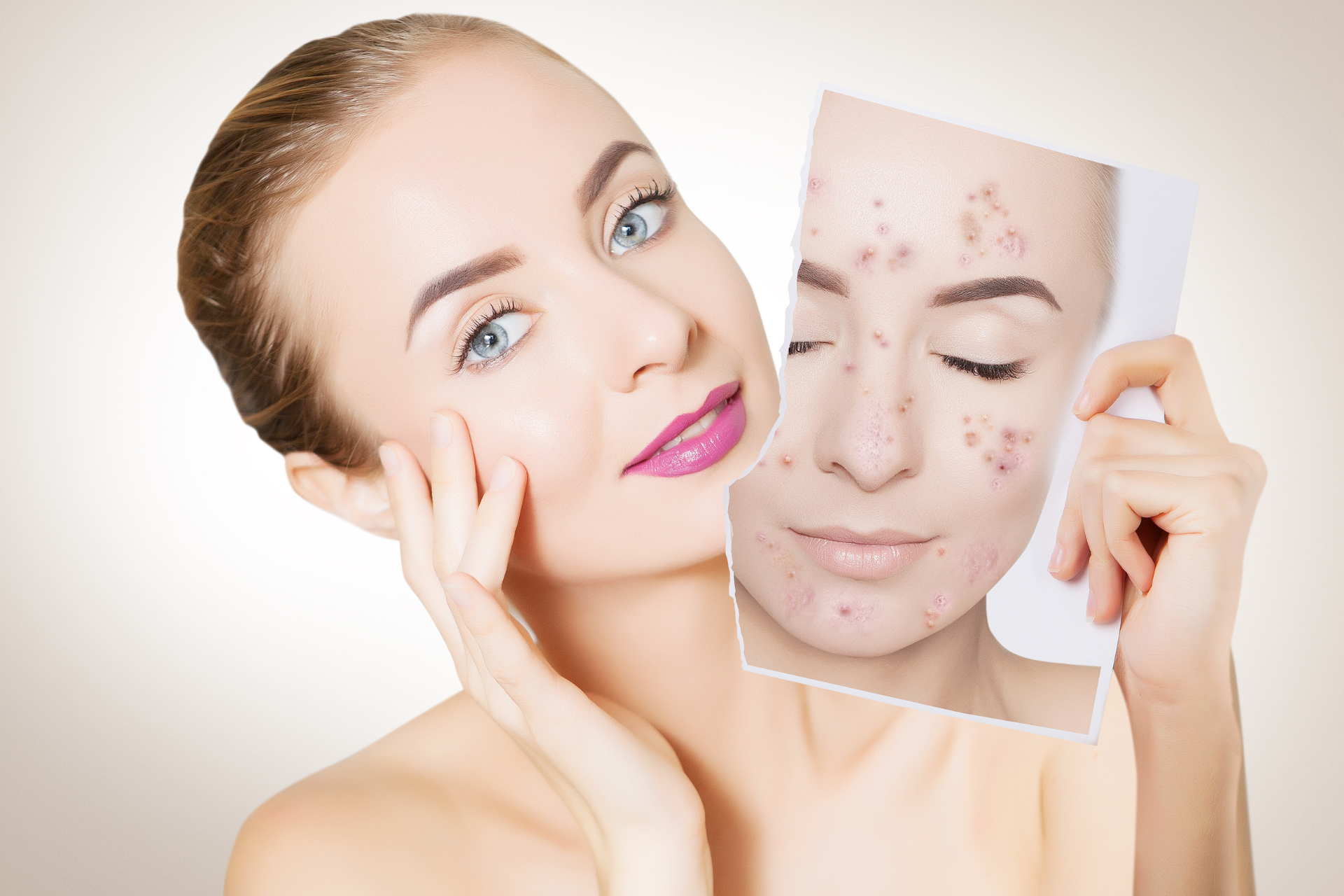The Impact of Hormones on Skin Health Throughout Life

At Fall Creek Skin and Health Clinic, we understand that skin health is not just a reflection of our external habits but is deeply intertwined with hormonal fluctuations throughout life. Hormones, the powerful chemicals produced by our glands, play a pivotal role in regulating various processes in our bodies, including skin health. Their influence can be observed through different life stages, from adolescence to adulthood, and even into our senior years.
Adolescence: The Rollercoaster of Hormones
The teenage years are notorious for their hormonal upheavals, primarily driven by puberty. Androgens, the male hormones that are also present in females, increase during this time, leading to heightened oil production in the skin. This spike in oil can result in acne, a common skin concern faced by adolescents. The Fall Creek Skin and Health Clinic offers a range of treatments to help manage this condition effectively, providing young patients with the confidence they need during these formative years.
Pregnancy: Glowing Skin or Acne?
For many women, pregnancy is often associated with the “glow” that comes from increased blood flow and boosted hormone levels, particularly estrogen and progesterone. However, this hormonal surge can also lead to skin issues, such as melasma, a condition that causes dark patches on the skin, and acne flare-ups. Hormonal changes can also trigger conditions like seborrheic dermatitis in some women. At our clinic, we provide tailored advice and treatment options to navigate these changes, ensuring that expectant mothers feel comfortable and cared for throughout their journey.
Menopause: A Shift in Hormonal Balance
As women approach menopause, the decline in estrogen levels can significantly impact skin health. Lower estrogen levels can lead to decreased collagen production, resulting in a loss of skin elasticity and increased dryness. Many women notice that their skin becomes thinner and more prone to wrinkles. Alongside our general practice services, we offer consultations that address these age-related changes, helping women embrace this new phase with effective skincare strategies that can rejuvenate their complexion.
Hormonal Imbalances: The Middle Years
Hormonal fluctuations are not limited to the milestones of adolescence or menopause. Many individuals experience hormonal imbalances during their middle years, often due to stress, lifestyle changes, or health conditions like polycystic ovary syndrome (PCOS) in women. These imbalances can lead to a variety of skin issues, including persistent acne, increased hair growth, or unusual hair loss. Our clinic provides comprehensive assessments to identify the underlying causes of these skin changes, allowing us to recommend appropriate treatment plans tailored to each patient’s unique needs.
The Importance of Holistic Skin Care
At Fall Creek Skin and Health Clinic, we emphasize a holistic approach to skincare that considers hormonal health as a crucial element. Maintaining balanced hormones through a healthy diet, regular exercise, and stress management techniques can significantly improve skin quality. Our team is dedicated to providing education and support to our patients, helping them understand the intricate connections between hormones and skin health.
In conclusion, hormones play a vital role at every stage of life, influencing the health and appearance of our skin. By recognizing and addressing these impacts, we can promote healthier skin for our patients of all ages. If you have concerns about your skin—or if you suspect hormonal fluctuations are affecting your health—contact us today to explore the personalized care options we offer at Fall Creek Skin and Health Clinic. Your journey to healthier skin starts here!




